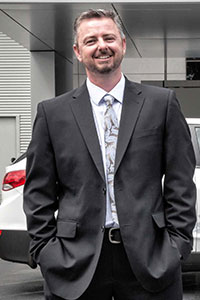
Scott Nargar
AUSTRALIA’S CSIRO hydrogen transport breakthrough may have a larger impact on international markets than the local take-up of hydrogen fuel-cell electric vehicles (FCEVs), according to principal research scientist Michael Dolan.
Last week, the CSIRO, in conjunction with Hyundai and Toyota who provided test fuel-cell cars at a Brisbane event, announced the ground-breaking ability to contain hydrogen in ammonia, then release the gas at the point of delivery.
Ammonia – used for fertilisers, cleaning products and nitric acid production – is certified for transportation at shipping ports and road-transport docks around the world, whereas hydrogen needs to be packaged into high-pressure containers or through underground reticulation.
The CSIRO technology makes it viable to move hydrogen to overseas markets and throughout Australia. The key is how easy it is to extract the hydrogen from the ammonia which makes it convenient for refuelling cars.
It is the first time a method to easily transport hydrogen has been perfected and, the CSIRO said, immediately opens up world markets for Australian-produced hydrogen.
Dr Dolan told GoAutoNews Premium that the value of the hydrogen industry is forecast to grow to be as big as the $A38 billion liquid natural gas (LNG) industry.
“Japan estimates that hydrogen imports will be worth about $A100 billion by 2050,” he said.
“Australian demand is also important but will always be lower than from Asia because of our smaller population and economy.”
Dr Dolan said hydrogen currently retails for $A12-15 a kilogram in California – which has fuel-cell car sales from Toyota, Honda and Hyundai – but is expected to drop to about $A10 a kilogram “as the industry ramps up”.
“One kilogram of hydrogen has the same energy content as one US gallon (3.8 litres) of petrol,” he said.
“Hydrogen vehicles are more than twice as efficient as petrol vehicles which makes the comparison more favourable.”
Hyundai Australia’s manager of future mobility and government relations, Scott Nargar, termed the CSIRO technology as “unbelievable”.
“It opens up Australia to the global market with exportable renewable energy,” he told GoAutoNews Premium.
“Transporting ammonia (has existed) around the world for many years, so we have infrastructure in Australia with our trading partners as a tradable commodity.
“A lot of the projects we are looking at involve making hydrogen from sustainable sources to create green renewable ammonia and then cracking it back to hydrogen. That’s needed for not only transport but for greener fertilisers.
“Ammonia has been around for a long time and has been shipped for a long time and the idea of cracking hydrogen out of it is really groundbreaking.
“We can be the global leader when it comes to exporting renewable energy and it’s really something we are very excited about.”
Dr Dolan said the infrastructure to extract the hydrogen from the ammonia already existed throughout the world.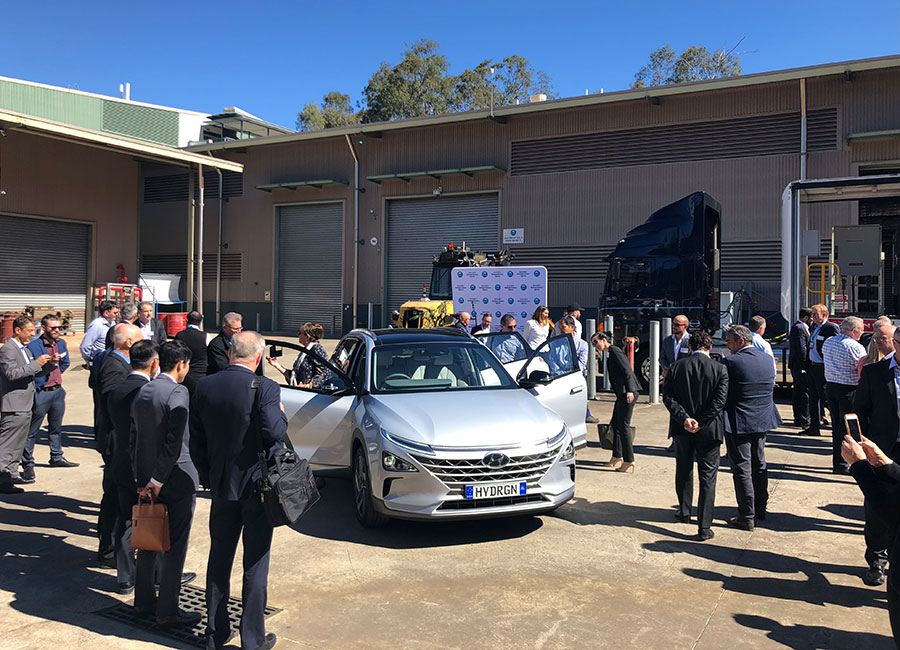
“There are many hundreds of commercial stations across Japan, Korea, Europe and California, and there are many companies which could build one right now,” he said.
“In the short term this would rely on deliveries of hydrogen from a central plant. It’s just a matter of making the business case, and getting the approvals and funding.”
“In the short term this would rely on deliveries of hydrogen from a central plant. It’s just a matter of making the business case, and getting the approvals and funding.
Dr Dolan said the Hydrogen Mobility Australia (HMA) group will work to “actively make this a reality”.
HMA includes companies involved in hydrogen production, distribution, retail sales and consumption including BP, Toyota, Hyundai, Air Liquide, Caltex, Woodside and Viva Energy.
The hydrogen is being produced by wind and solar energy operations on Australia’s east coast. However the CSIRO has also announced it can be extracted from brown coal and is undergoing trials to test its effectiveness. It can mean a productive and less polluting purpose for Victoria’s abundant brown coal resources.
What does this mean for Australian consumers?
HYUNDAI Australia and Toyota Australia – along with global distribution and production companies – are working to produce hydrogen energy for consumers at the best possible price, according to the former’s manager of future mobility and government relations Scott Nargar.
“We are working hard (on domestic sales) and not just focusing on export,” he said.
“There is a strong drive to ensure that the market here is viable and affordable and we have groups now going through feasibility studies to ensure infrastructure is here for Australian consumers.”
The transport uses are enormous, from buses to city cars, taxis and intrastate trucks.
For Hyundai, having ready access to hydrogen and making it available to consumers means it will ramp up its fuel-cell vehicle imports, including the FCEV Nexo.
“We are going to launch two battery electric vehicles (BEVs) and one fuel-cell electric vehicle (FCEV) over the next eight months in Australia,” Mr Nargar said.
“A lot of the technology in these two types of vehicles is identical, such as the electric motor.
“We see them as complementary. The BEV is similar to how you would use a petrol-fuelled car, which is usually for short city and suburban distances.
“The FCEV is suitable for the same purposes as a diesel vehicle, tending to be for bigger vehicles and longer distances.”
Mr Nargar said Hyundai in Korea has been working with its Australian office for years on the hydrogen project and is working with Austrade to become a customer for the technology.
“For Australia, it means producing hydrogen for mobility from sustainable sources. It means we will no longer rely on importing oil from overseas,” he said.
“For overseas markets, it means we will be a country that can supply the renewable transport fuels of the future.
“The Korean Government has followed the progress of the ammonia technology and is moving its fleet away from petrol and diesel.
“It has an investment for 16,000 hydrogen vehicles and 310 stations over a five-year period. That’s a really good indication of the interest of the government and is the same commitment as the Japanese, German and UK governments and a lot more including California.
“It’s about recognising the fuel of the future that should be the fuel of today so we can roll out light and heavy vehicles.”
Mr Nargar said the use of ammonia meant hydrogen produced by sustainable means in Australia could be easily distributed around the world and can be stored for many years without degrading.
“So it is a way of having a fuel security issue and having a really good solution that is an Australian development,” he said.
“There’s money and jobs for Australians in this project.”
Mr Nargar said there would “definitely” be more hydrogen cars come onto the market because of the CSIRO development.
“Hyundai has been going hard on fuel-cell vehicles for at least six years and it has come a long way from when it started without any infrastructure,” he said.
“We are working with Toyota and have been showing the hydrogen technology together. There’s not just one brand saying ‘this is the future’ but it is two of the top three brands in Australia saying this is really going to happen. That is making people listen.
“It has also led to some great inroads being made into government and we are coming into election mode soon so we will make sure people are aware of the technology and start thinking about the future transport requirements of Australia.
“It comes back to a very simple line: ‘What do we want our kids driving in the future – cars that rely on emissions and imported oil or cars that are zero emission and powered by renewable energy made in Australia?’”
By Neil Dowling


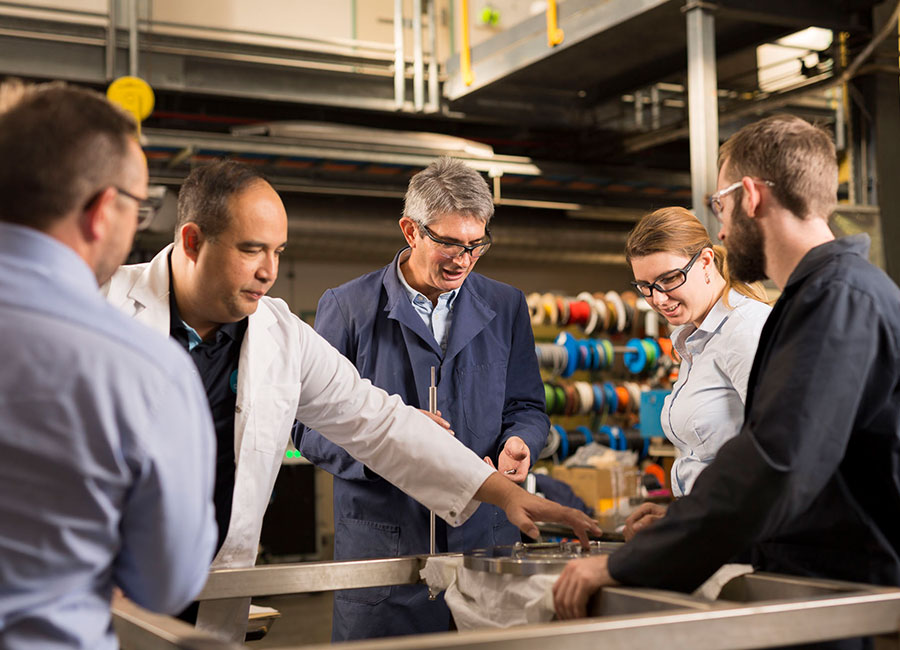
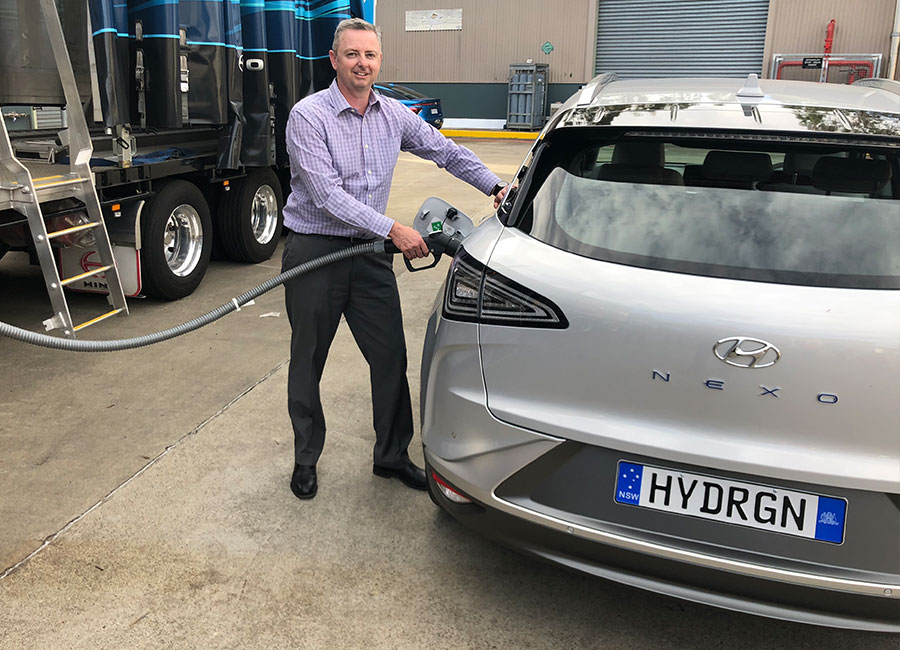
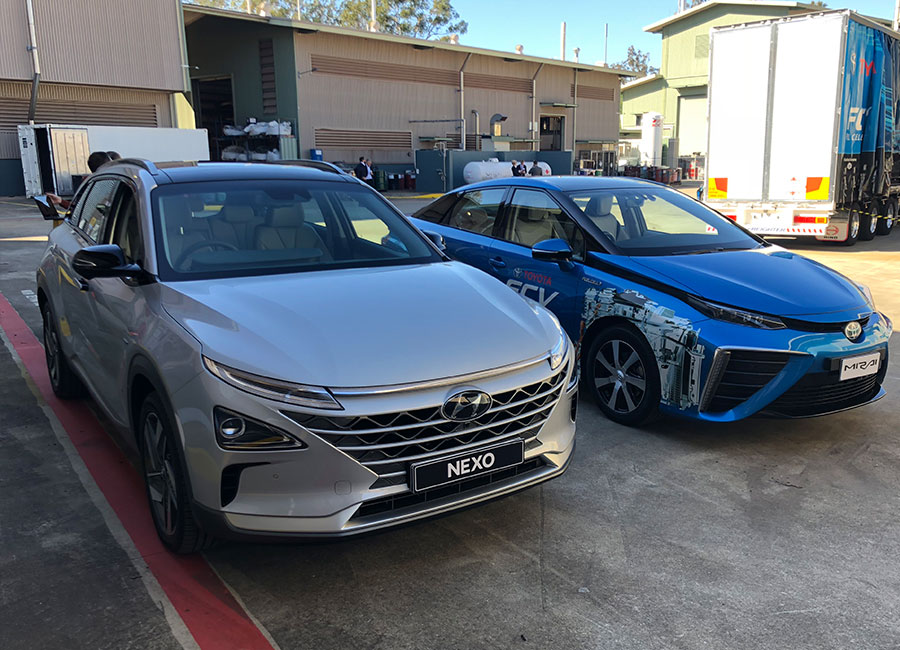










 Read More: Related articles
Read More: Related articles

